Definition Journal Entry is an entry made in the journal is called journal entry. And the process of recording a transaction in a journal is called journalizing. Broadly journal entries are of two types : 1. Simple entry 2. Compound entry Otherwise, they are categorized into seven types which are asRead more
Definition
Journal Entry is an entry made in the journal is called journal entry. And the process of recording a transaction in a journal is called journalizing.
Broadly journal entries are of two types :
1. Simple entry
2. Compound entry
Otherwise, they are categorized into seven types which are as follows :
1. Opening entries
2. Closing entries
3. Rectification entries
4. Transfer entries
5. Adjusting entries
6. Entries on dishonor of bills
7. Miscellaneous entries
Explanation
Now let me explain to you the above types of entries mentioned which are as follows ;
Simple entry
• Is a journal entry in which one account is debited and another account is credited with an equal amount.
• For example, the purchase of goods of Rs 5000 cash. It will affect two accounts,i.e., purchase A/C and cash A/C with the amount of Rs 5000.
Compound entry
• Is a journal entry in which one or more accounts are debited and/or one or more accounts credited or vice versa.
• For example the sale of goods to Sati for Rs 5000, Rs 2000 is received in cash, and the balance is to be received later.
• This transaction of the sale has an effect on three accounts i.e cash or bank A/C, Sati A/C, and sales A/C.
Opening entries
• Are defined as when books are started for the new year, the opening balance of assets and liabilities are journalized. For example bills payable, short-term loans, etc.
Closing entries
• At the end of the year, the profit and loss account has to be prepared. For this purpose, the nominal accounts are transferred to this account. This is done through journal entries called closing entries.
Rectification entries
• If an error has been committed, it is rectification through a journal entry.
Transfer entries
• If some amount is to be transferred from one account to another, the transfer will be made through a journal entry.
Adjusting entries
• At the end of the year, the number of expenses or income may have to be adjusted for amounts received in advance or for amounts not yet settled in cash.
• Such an adjustment is also made through journal entries. Usually, the entries pertain to the following :
Outstanding expenses,i.e., expenses incurred but not yet paid;
Prepared expenses,i.e., expenses paid in advance for some period in the future ;
Interest on capital is the interest proprietor’s investment in the business entity investment; and
Depreciation fall in the value of assets used on account of wear and tear. For all these, journal entries are necessary.
Entries on dishonor of bills
• If someone who accepts a promissory note ( or bill) is not able to pay in on the due date, a journal entry will be necessary to record the non–payment or dishonor.
Miscellaneous entries
The following entries will also require journalizing
• Credit purchase of things other than goods dealt in or materials required for the production of goods e.g. Credit purchase of furniture or machinery will be journalized.
• An allowance to be given to the customers or a charge to be made to them after the issue of the invoice.
• Receipt of promissory notes or issue to them if separate bills books have not been maintained.
• On an amount becoming irrecoverable, say, because, of the customer becoming insolvent.
• Effects of accidents such as loss of property by fire.
• Transfer of net profit to capital account.
Here are some examples of journal entries showing the above types :
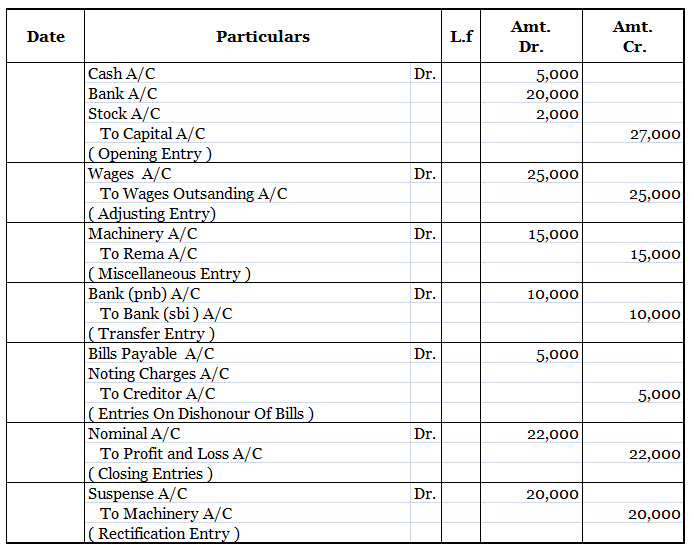

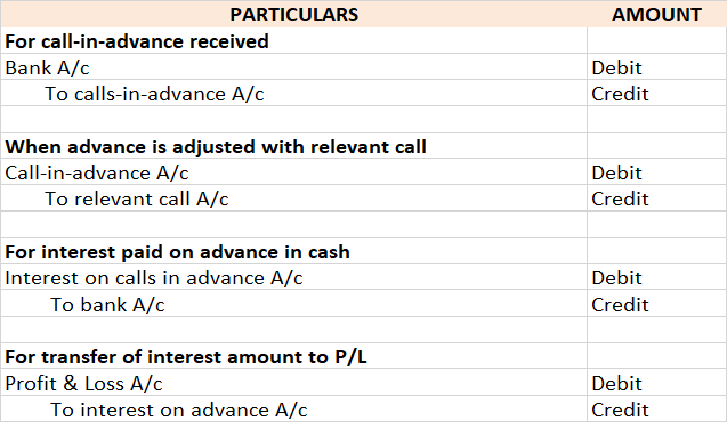
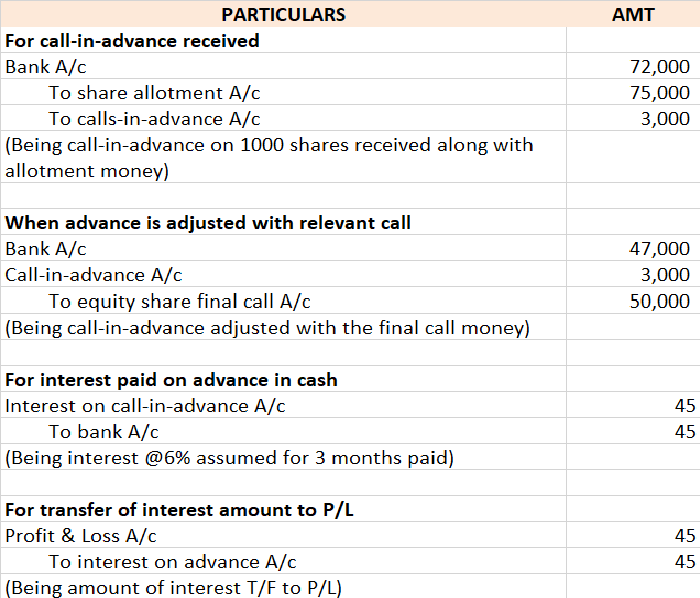
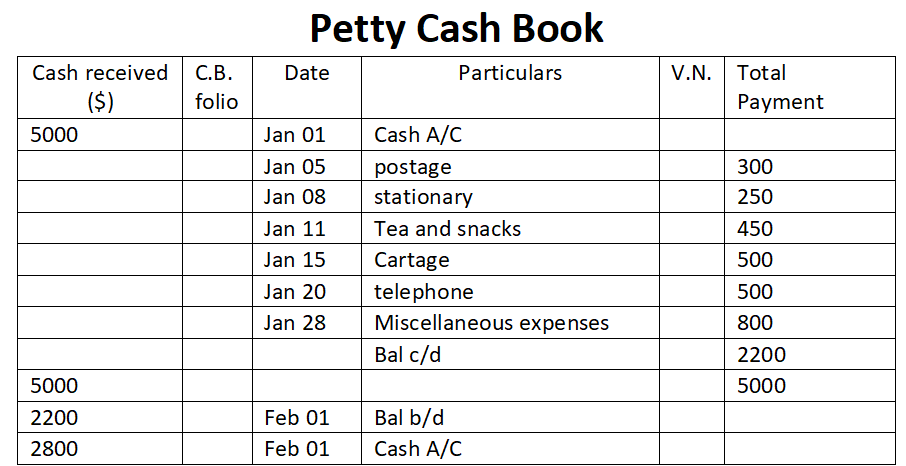
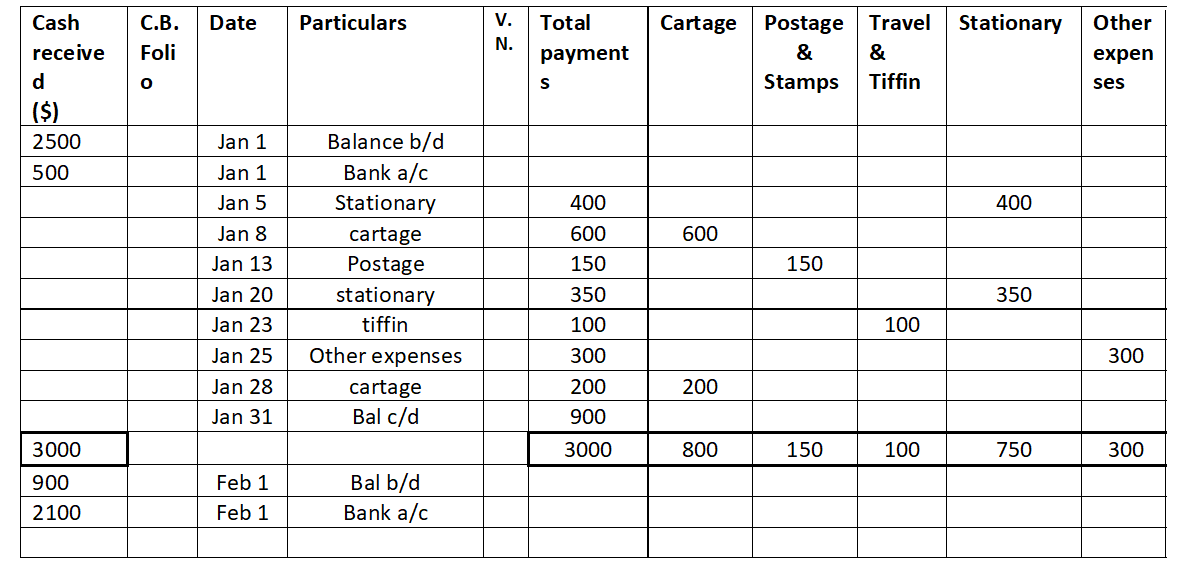


To start with let me first explain the difference between receipts and income & payment and expenditure. Although Receipts and Income may look similar terms, there are some differences. Receipts have their relation with both cash and cheques received on account of various items of the organizatiRead more
To start with let me first explain the difference between receipts and income & payment and expenditure.
Although Receipts and Income may look similar terms, there are some differences.
Receipts have their relation with both cash and cheques received on account of various items of the organization. Whereas, income is considered as a revenue item for finding surplus or deficit of the organization. All the receipts collected during the year may not be considered as income.
For Example, if an organization sale of its assets that is of a capital nature, it would not be considered as an item of income and hence would be treated in the balance sheet.
Similarly, Payment and Expenditure are two different terms. Payments are those that have their relation with cash and cheques given for various activities of the organization. Whereas, Expenditure is considered as revenue expenditure for ascertainment of surplus or deficit in the case of a not-for-profit organization. All payments made during the year may not be considered as expenditures.
Differences

See less